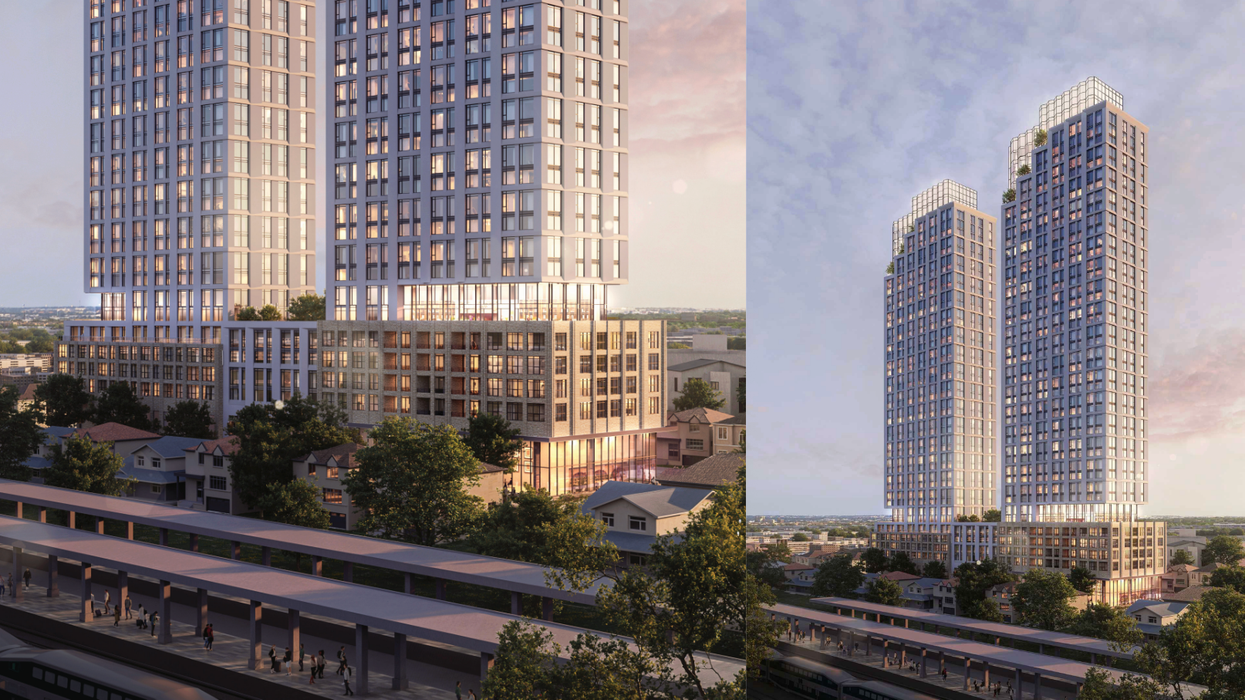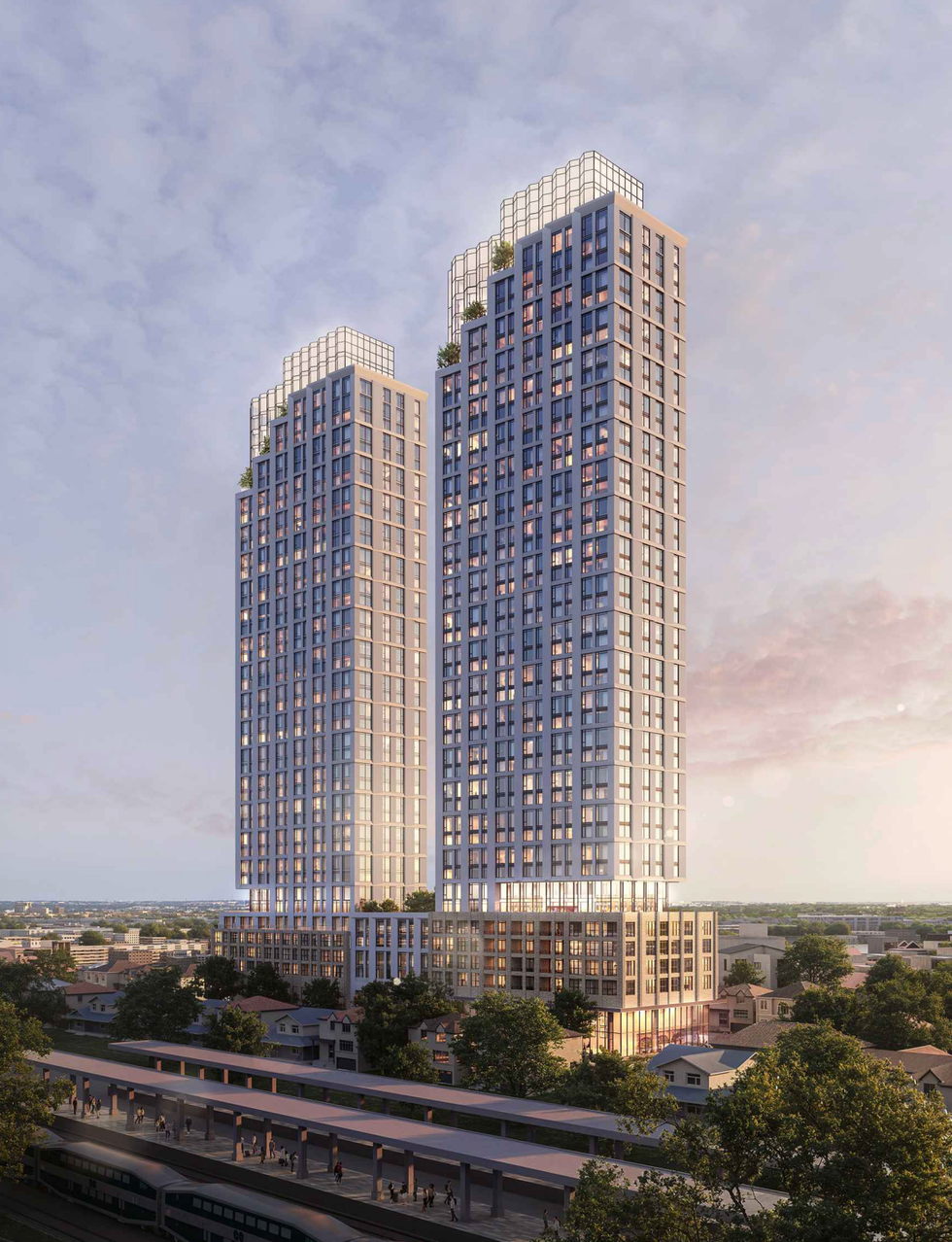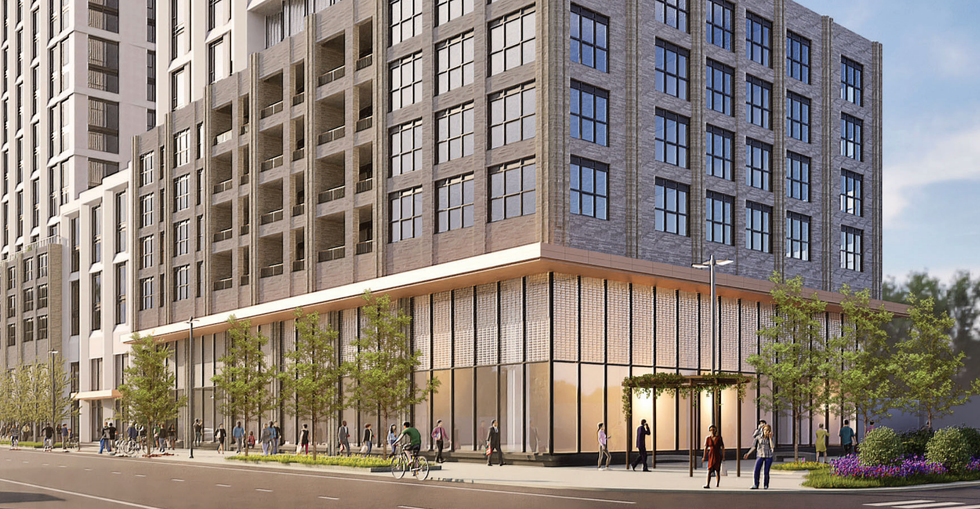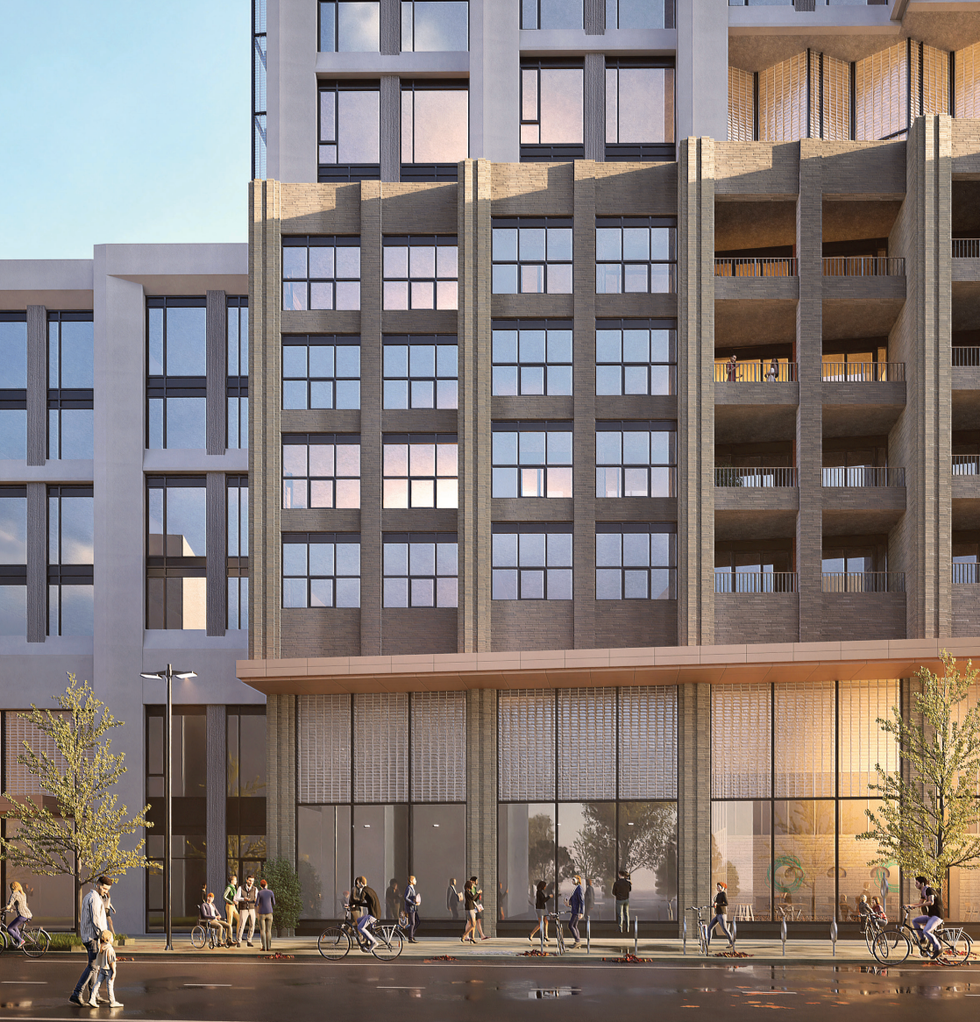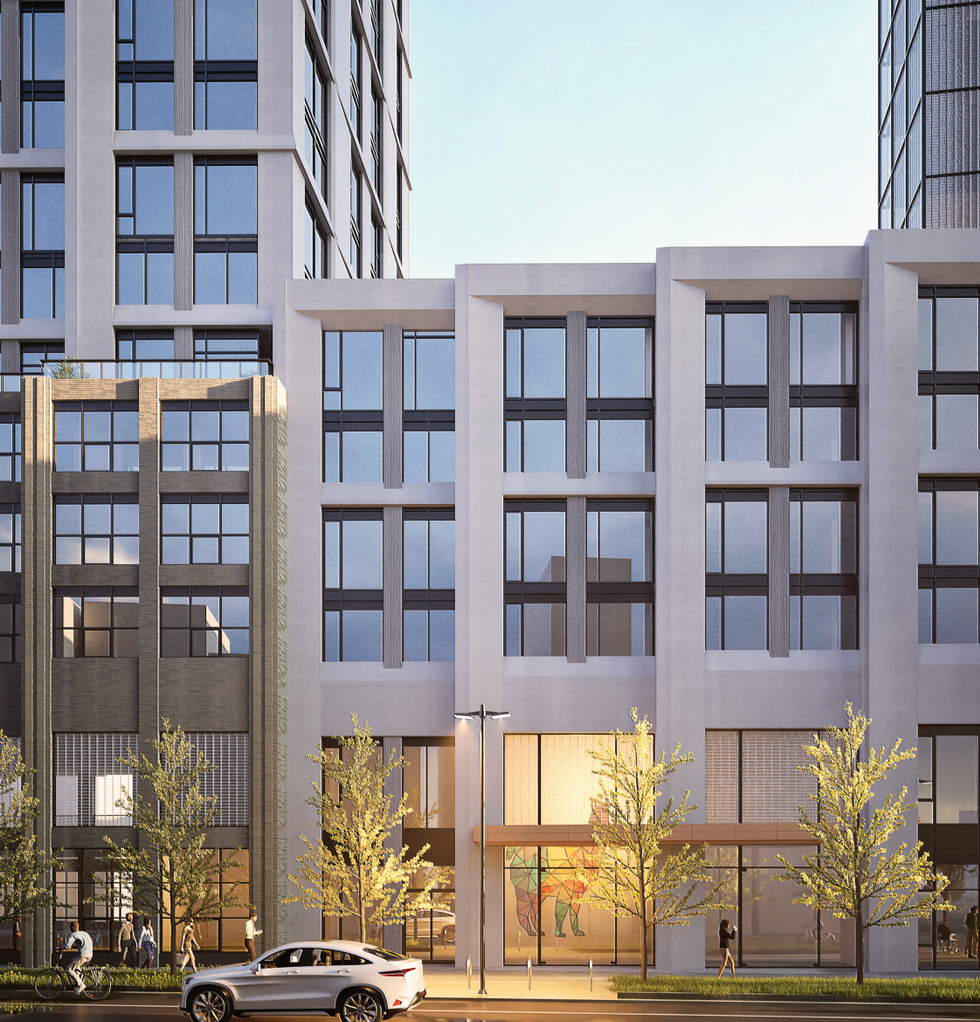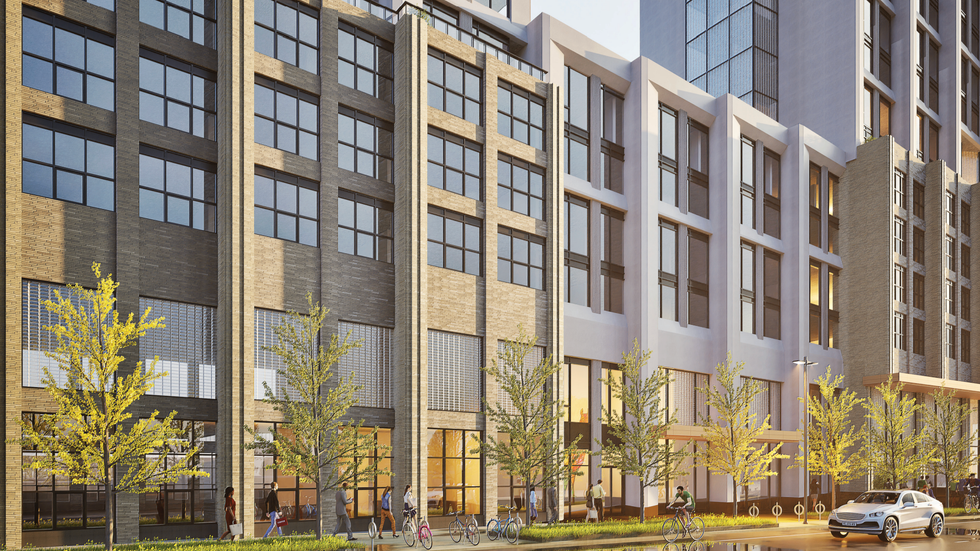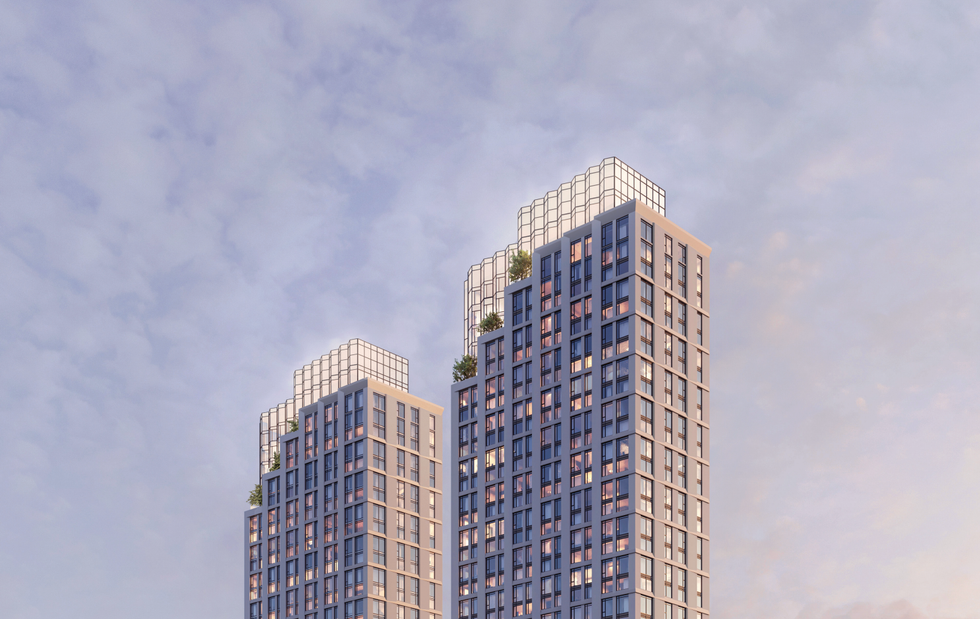CREA
Discover CREA (the Canadian Real Estate Association) and its role in supporting REALTORS®, managing listings, and shaping real estate policy in Canada.
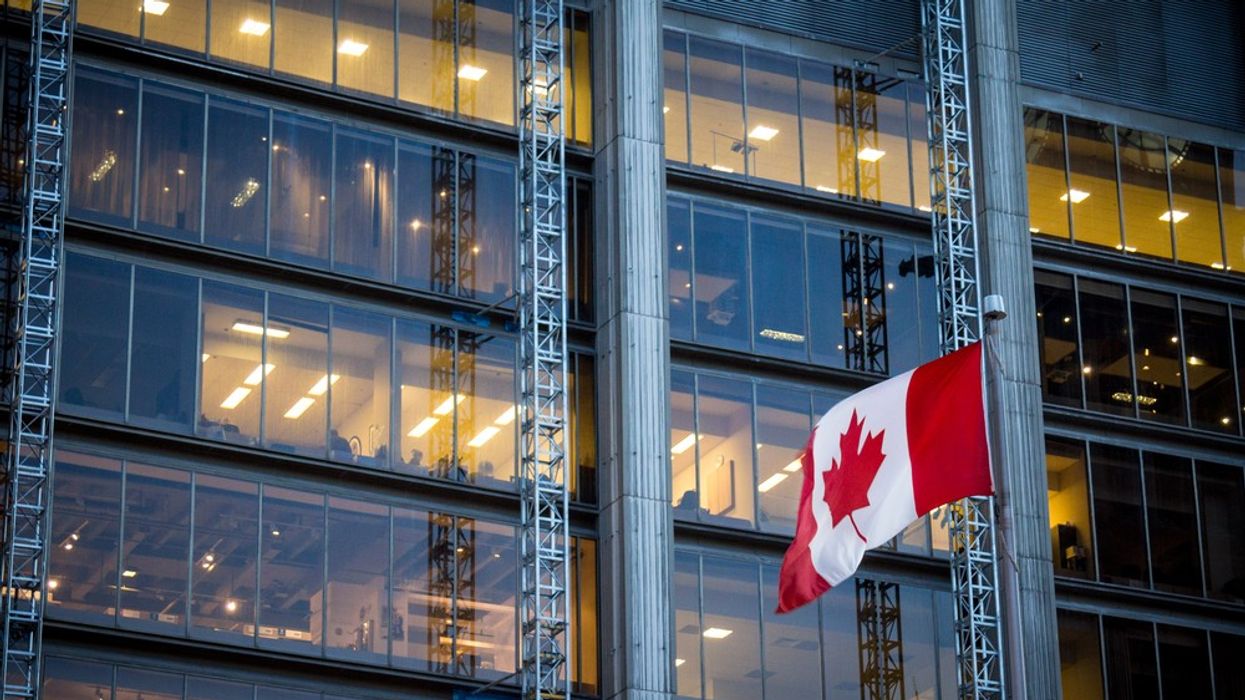
June 09, 2025
What is CREA?
CREA stands for the Canadian Real Estate Association, the national organization that represents real estate professionals across Canada.
Why CREA Matters in Real Estate
CREA sets professional standards, promotes ethical conduct, and manages national real estate platforms such as REALTOR.ca.
CREA’s core functions include:
- Supporting REALTORS® with tools and training
- Advocating on housing policy and regulation
- Maintaining the MLS® trademark and REALTOR® brand
- Aggregating national market data and trends
CREA also collaborates with provincial boards and government bodies to represent the real estate profession.
Understanding CREA is important for buyers, sellers, and industry professionals looking to navigate Canada's real estate market.
Example of CREA in Action
A buyer visits REALTOR.ca, the national listing platform maintained by CREA, to view available homes in their preferred neighbourhood.
Key Takeaways
- National body for Canadian real estate professionals
- Manages REALTOR.ca and MLS® trademark
- Sets ethical and professional standards
- Advocates for industry policy
- Source for real estate data and research
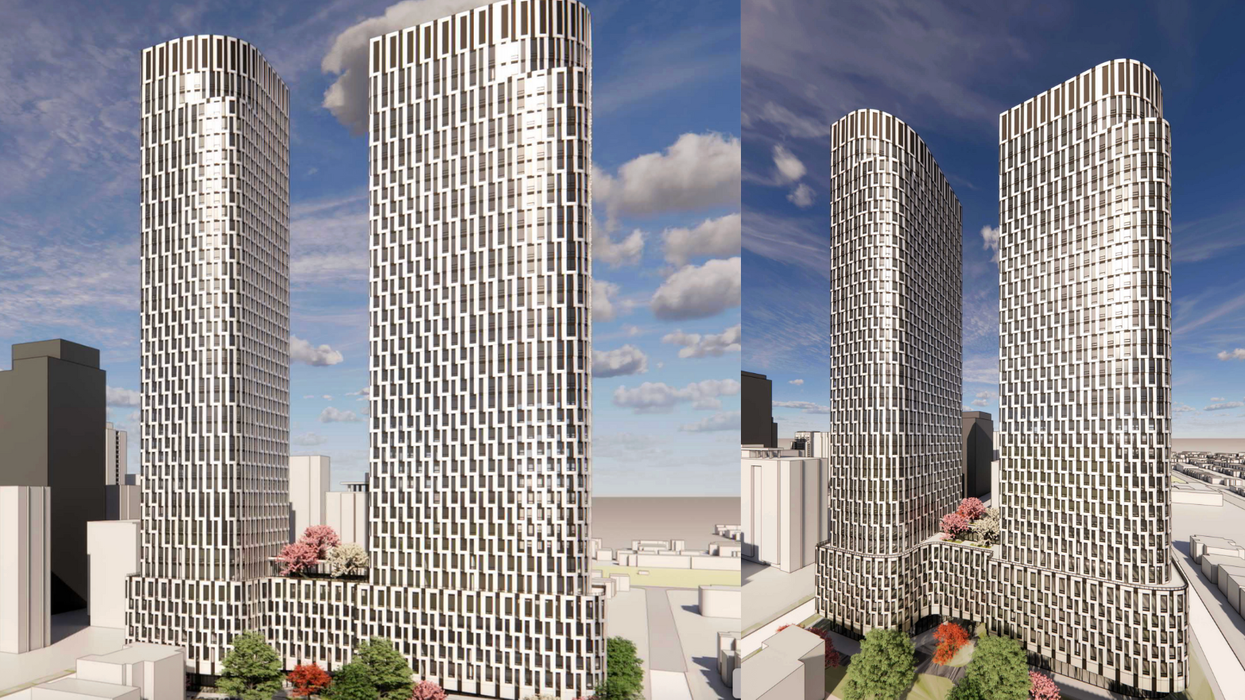
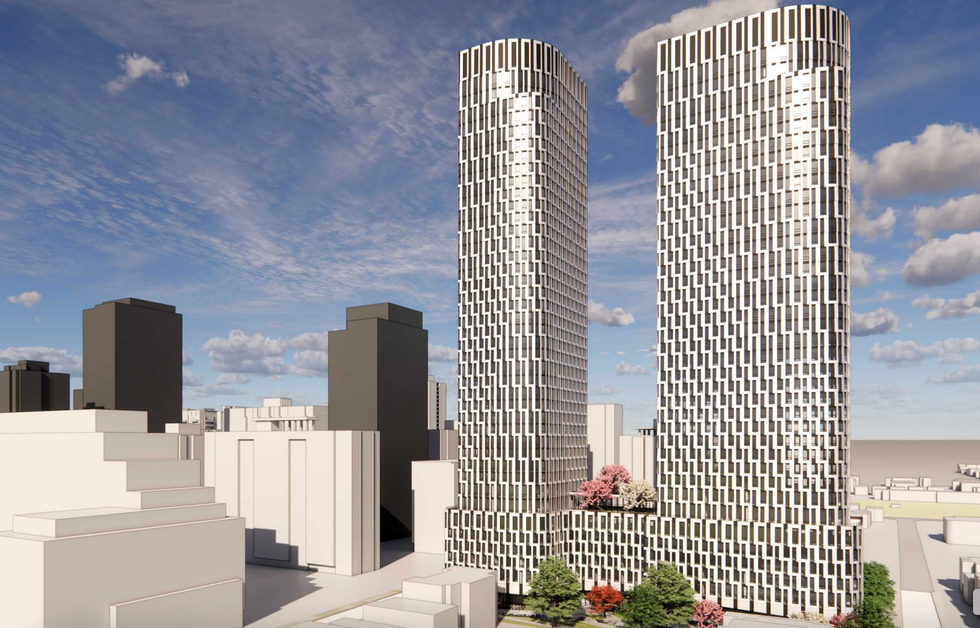

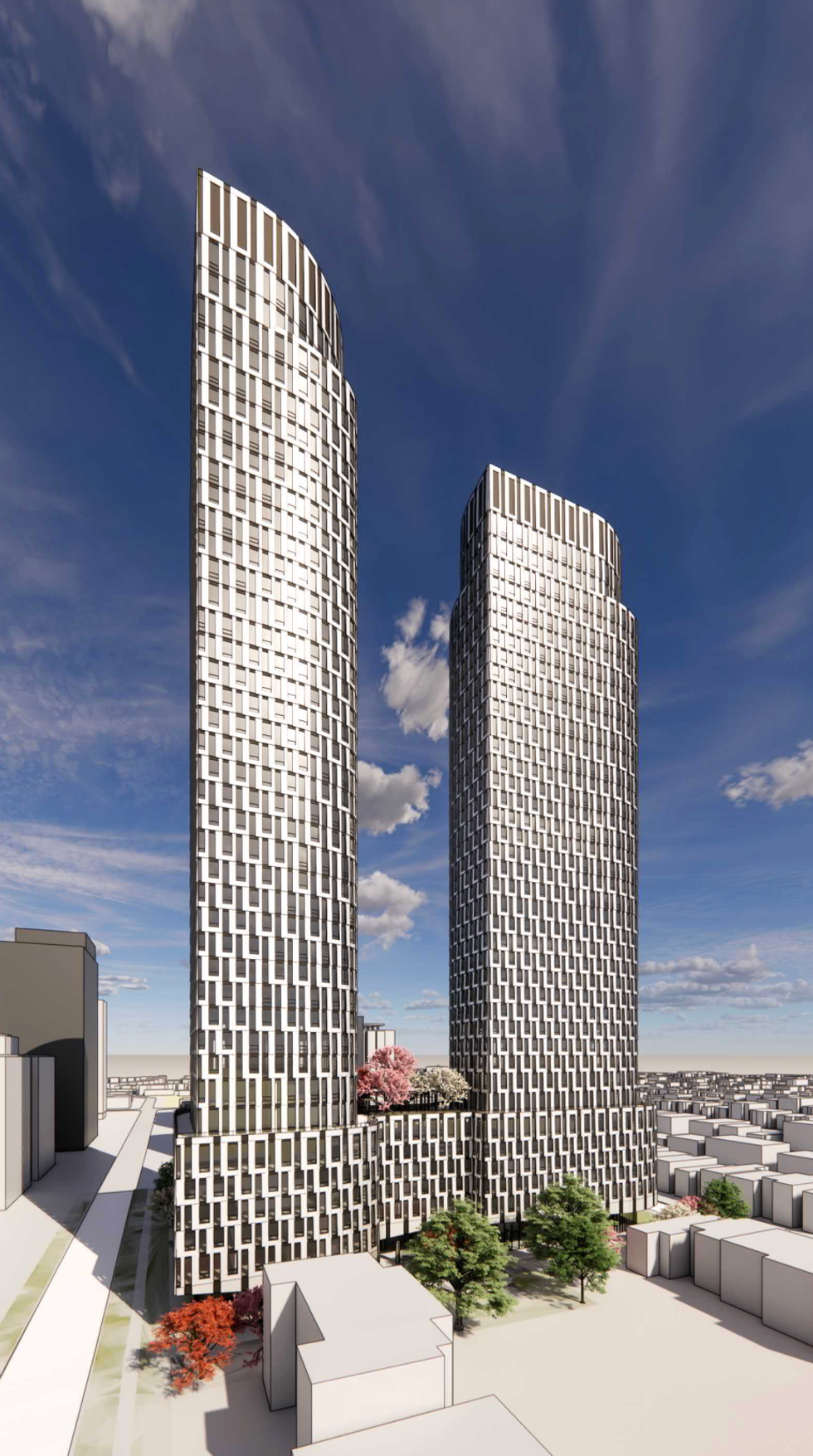
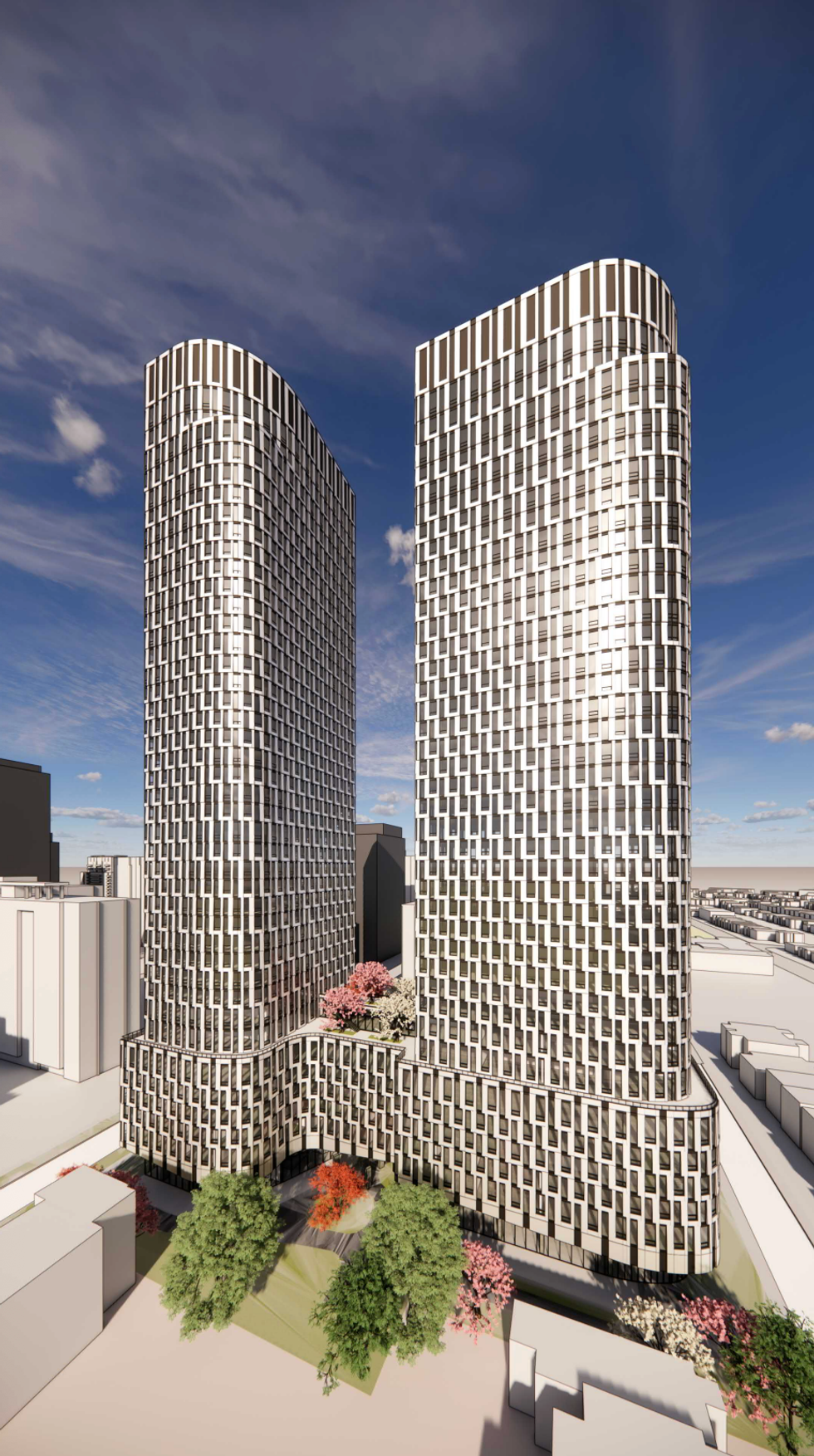


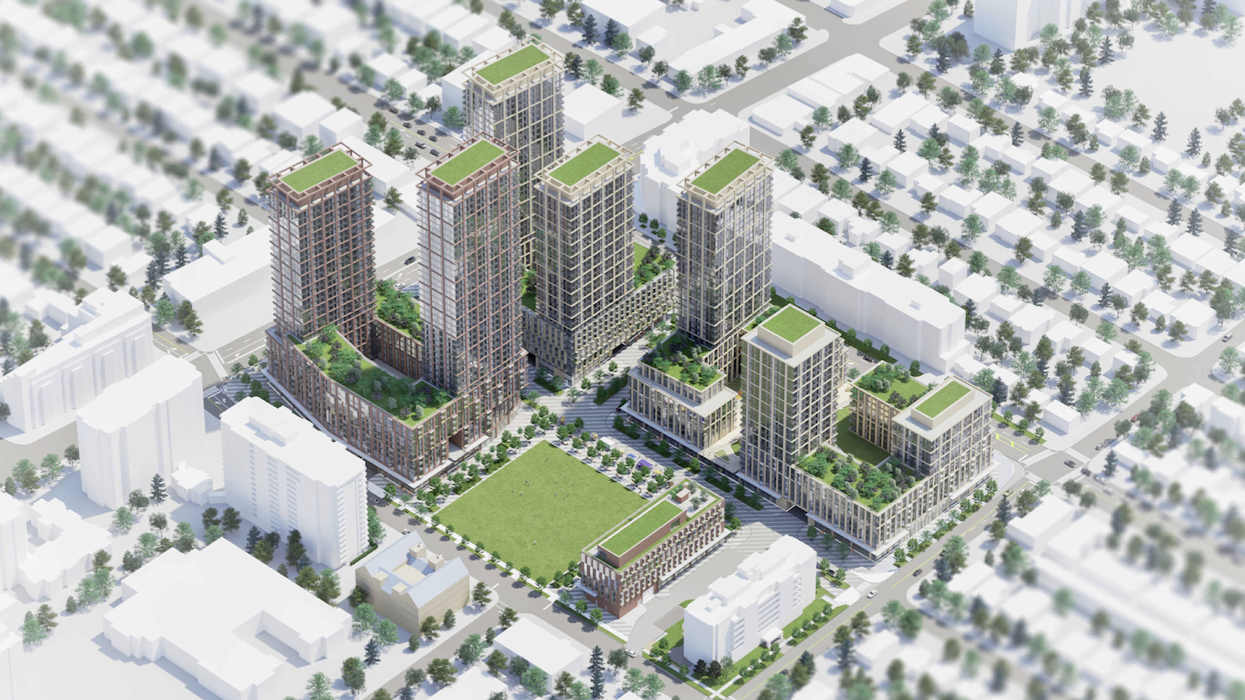
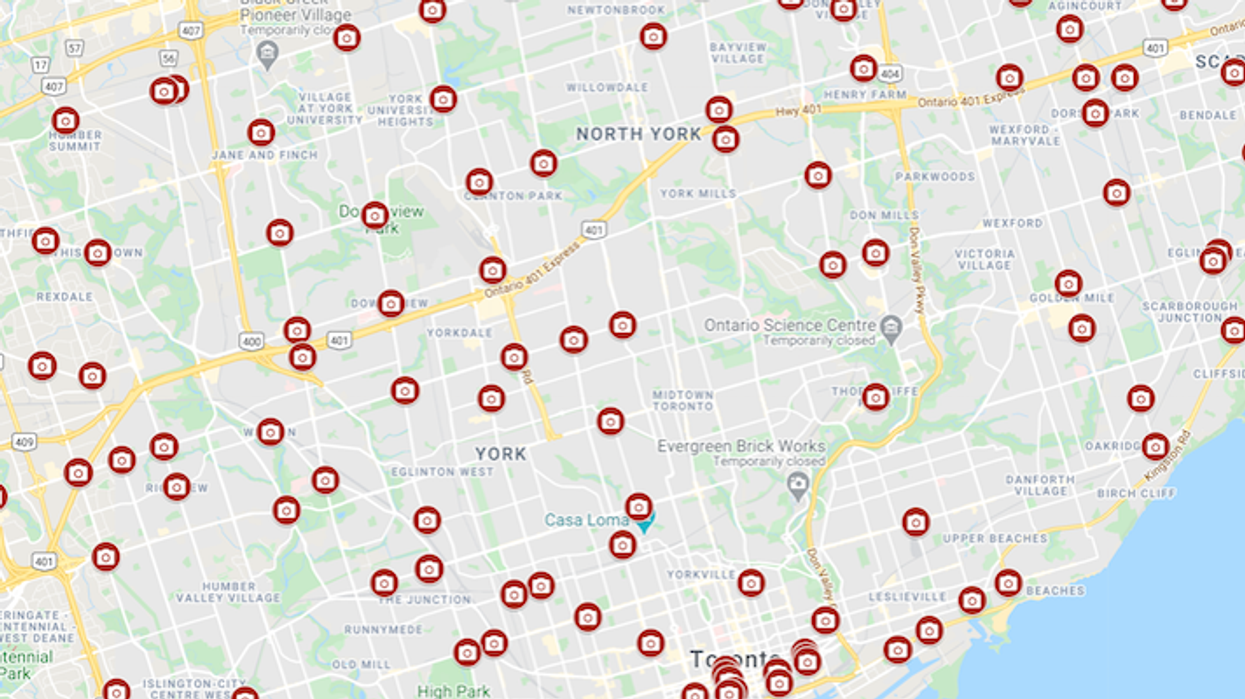
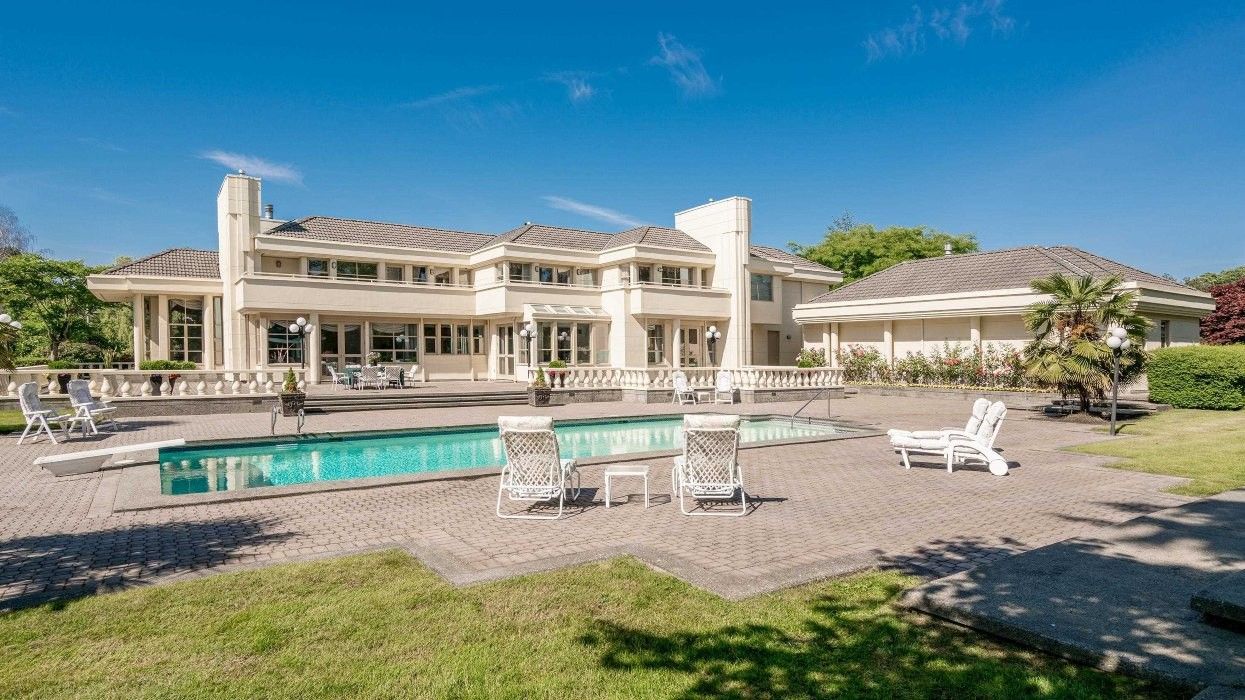
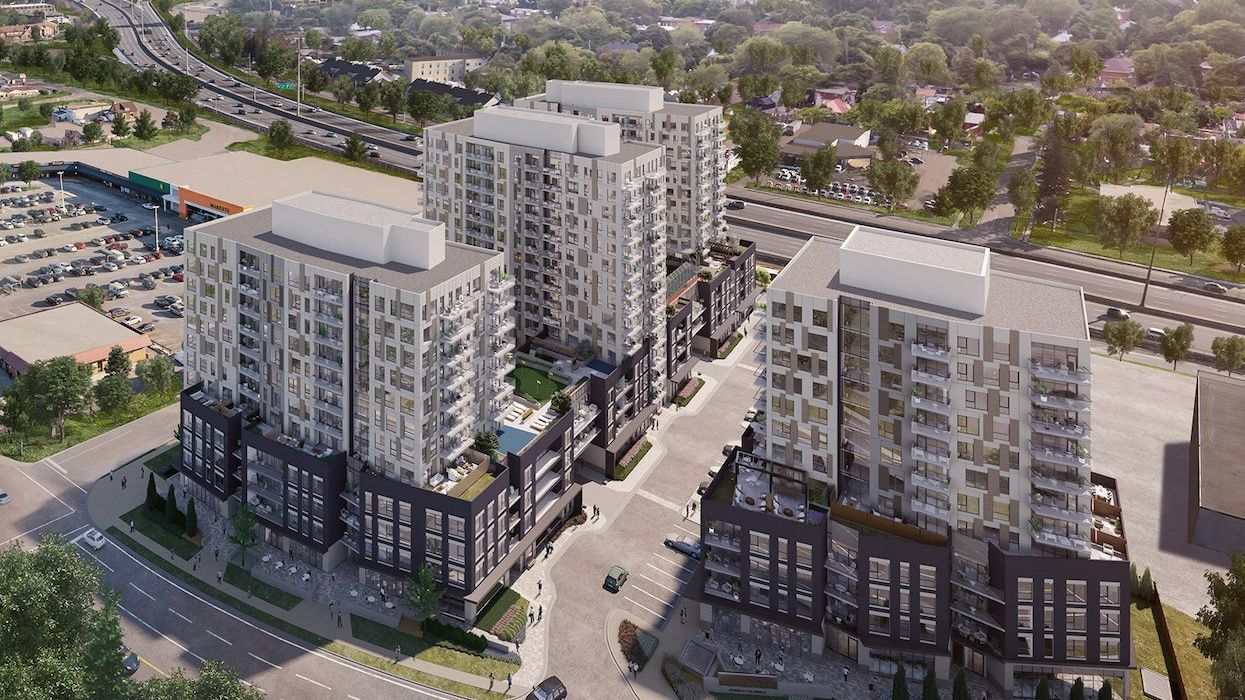

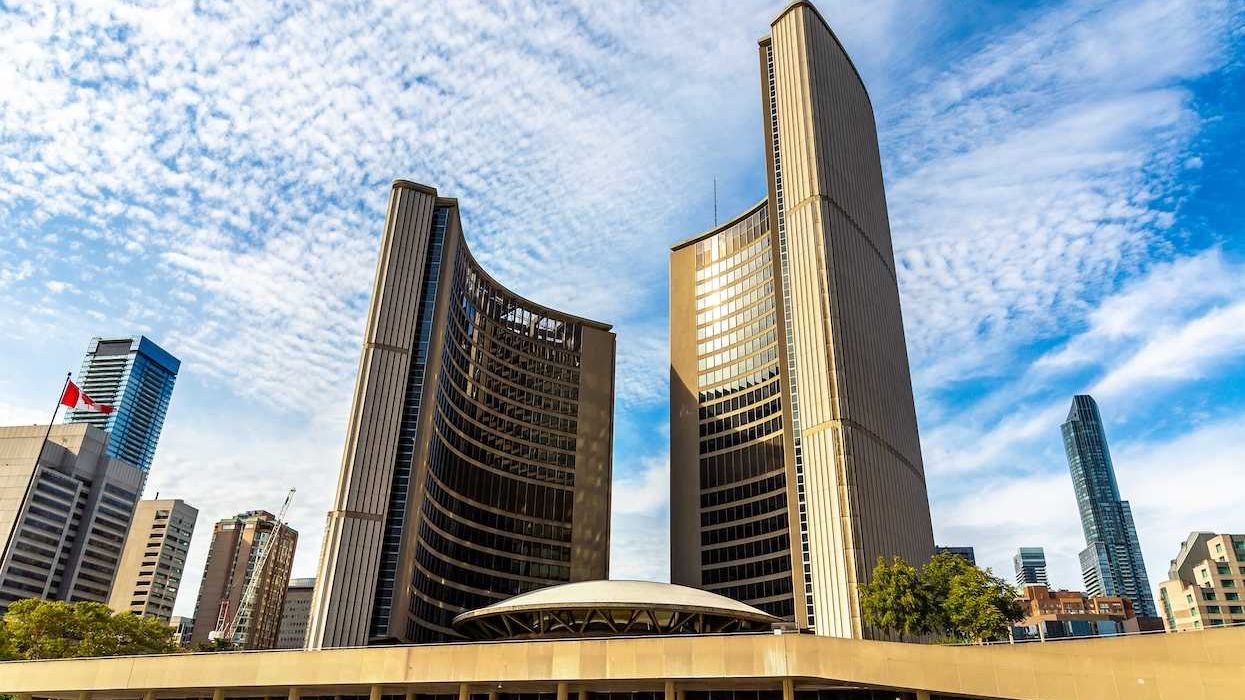
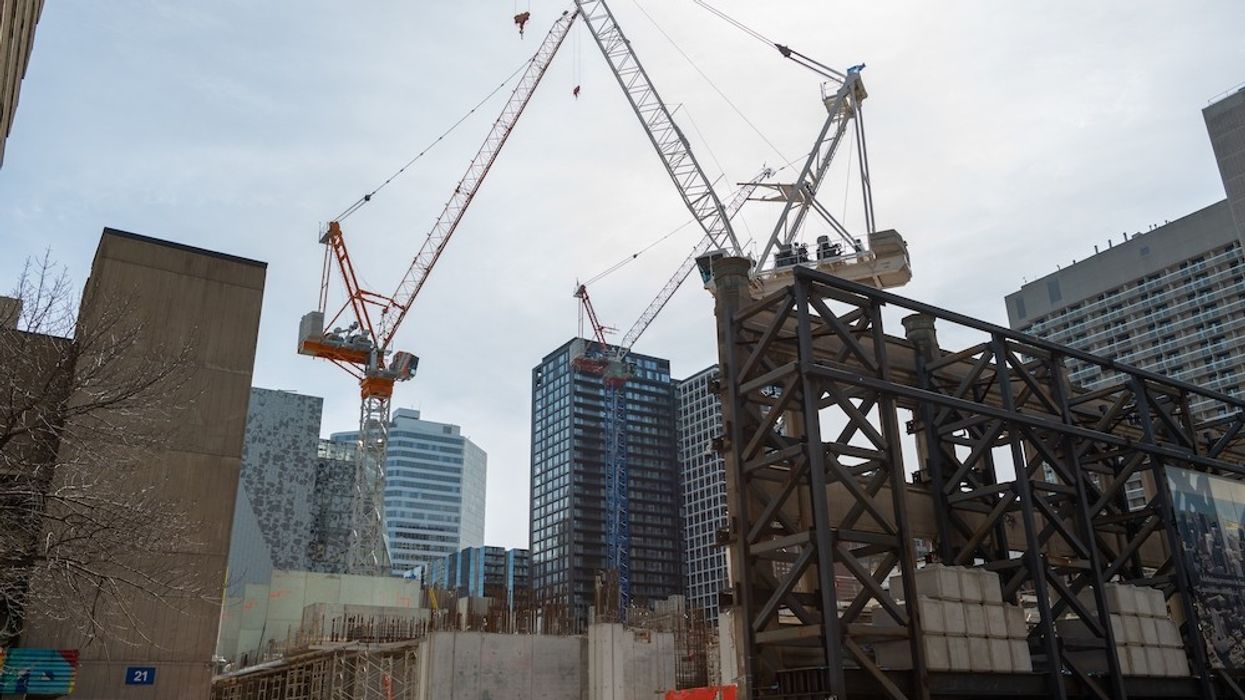
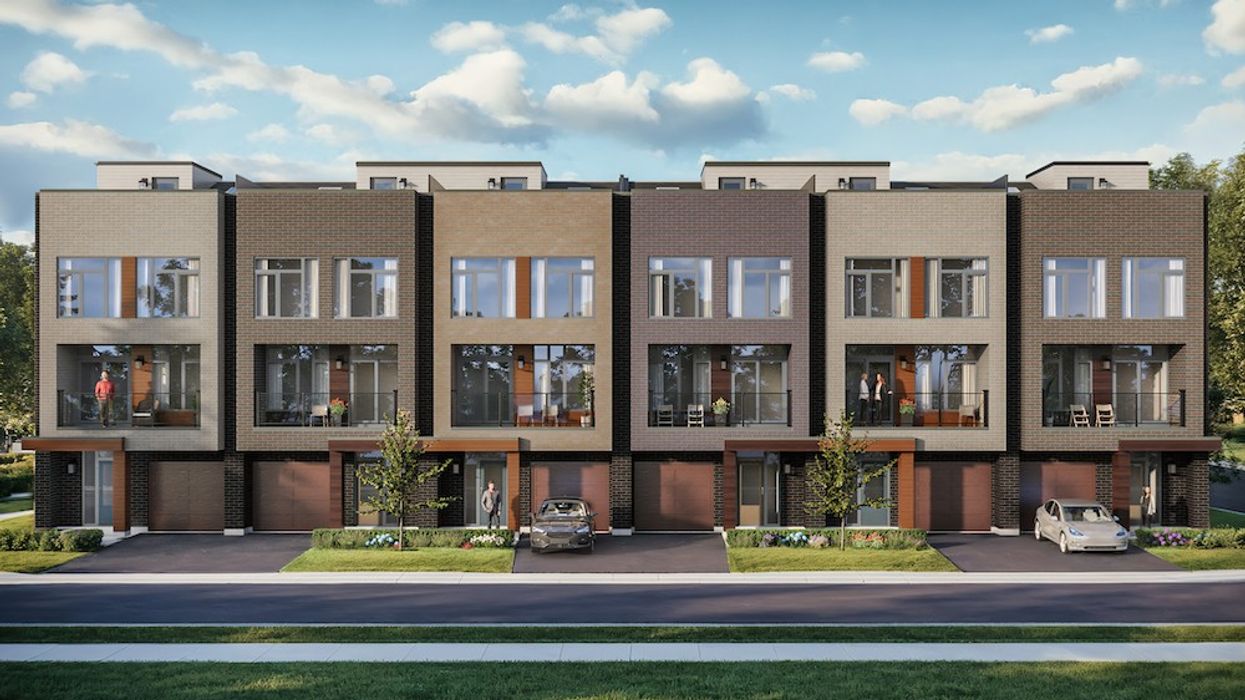
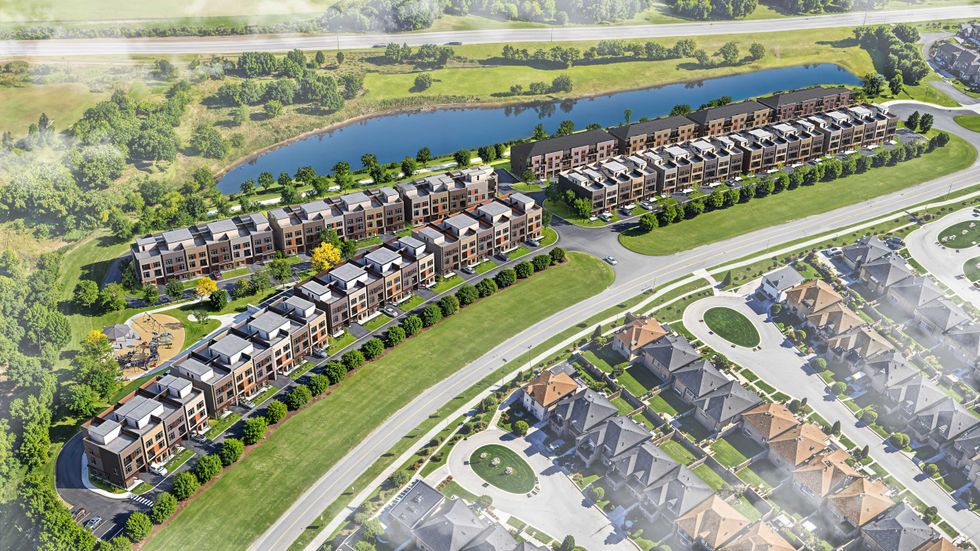 Camcos Living
Camcos Living Shutterstock
Shutterstock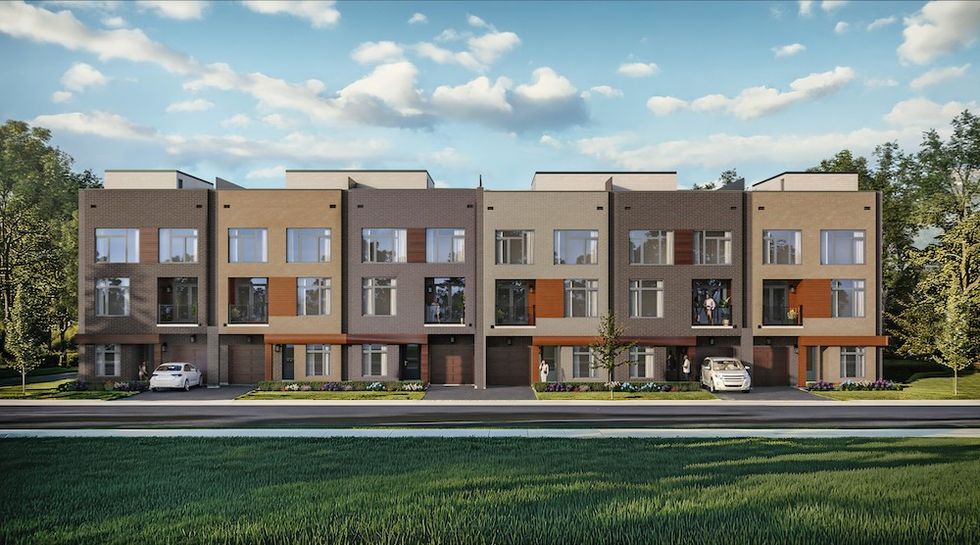 Little Rouge Block G/Camcos
Little Rouge Block G/Camcos Camcos Living
Camcos Living Camcos Living
Camcos Living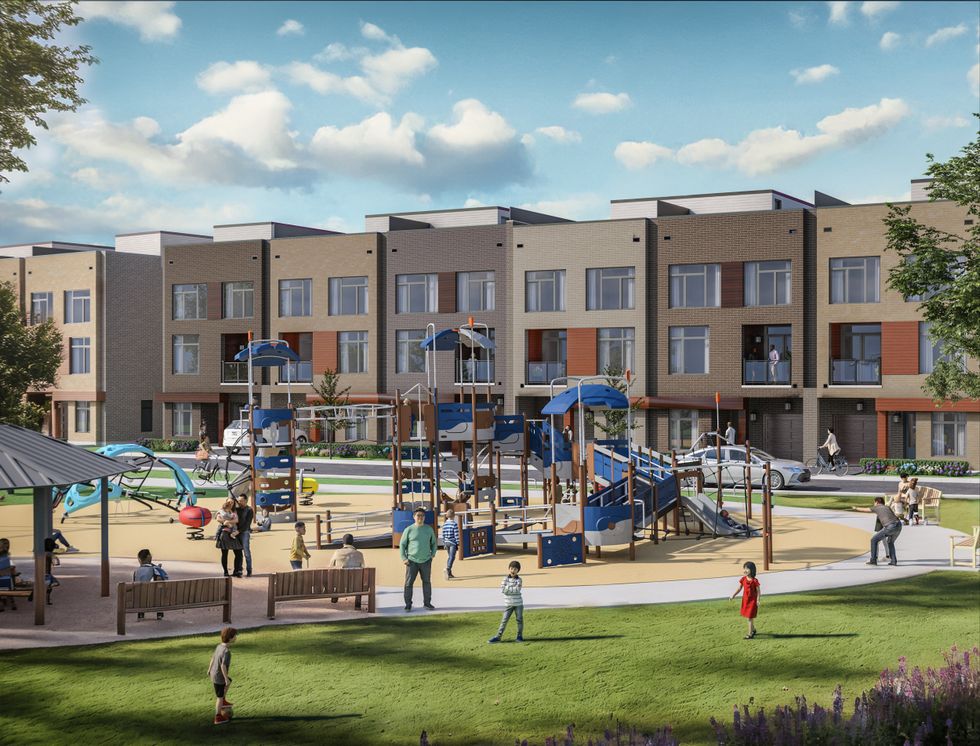 Camcos
Camcos
